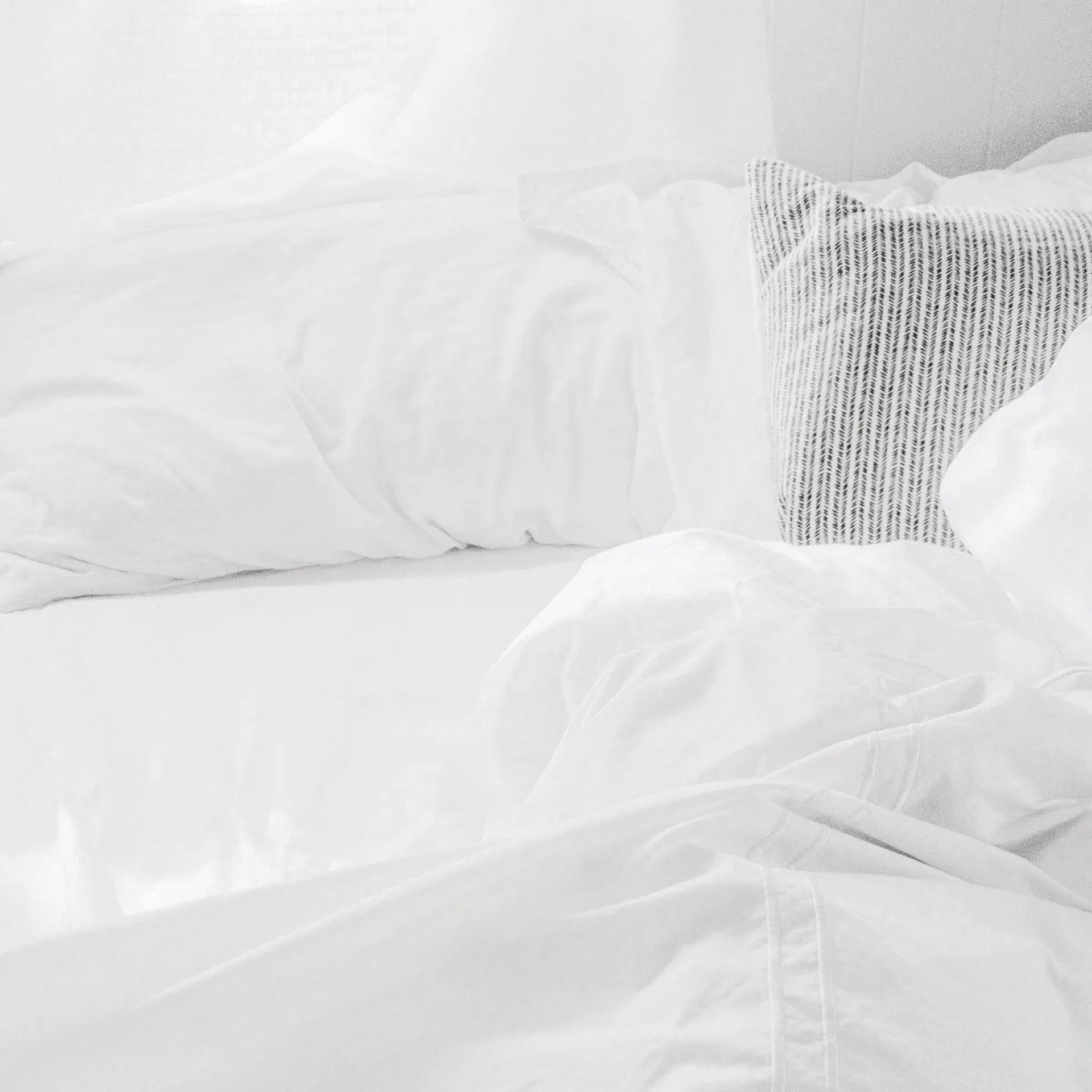How to Make Gluten-Free Irish Soda Bread
A take on the classic soda bread recipe just in time for St. Patrick’s Day.

Traditional Irish soda bread recipes have been passed down and cherished for generations. For Ireland, the history of this bread begins in the 1800s when bicarbonate soda, or baking soda, was introduced to the country. Soda bread gets its name from the incorporation of baking soda into its recipe. Flour, salt, and buttermilk round out the traditional ingredients used. These days, versions include raisins and seeds to enhance flavor.
Adding rich sources of fiber and eliminating dairy, this gluten-free Irish soda bread recipe is a take on the traditional classic, fit for all dietary preferences at your St. Patrick’s Day table.
Golden Flaxseed Meal
Due to the lack of gluten in this recipe, golden flaxseed meal, made from ground-up whole flax seeds, are combined with water to create a binding agent. Said to have been cultivated since the beginning of civilization, flax seeds come in both brown and golden, both equally nutritious. High in fiber, omega-3 fatty acids and phytochemicals called lignans, flax seeds are praised for their impressive health properties. With studies connecting flax seeds to the improvement of heart health, the lowering of cholesterol, and the regulation of blood sugar, incorporating these tiny seeds increases the nutrition profile of this traditional quick bread.
Apple Cider Vinegar
Two essential ingredients in soda bread are baking soda (a base) and buttermilk (an acid). The acidity in buttermilk will react with the baking soda to provide the bread’s leavening, instead of yeast. To swap out the buttermilk, the dairy-free alternative of apple cider vinegar is an excellent substitute.
Widely used for cleaning, cooking, and natural remedies, vinegar, or in this case, apple cider vinegar, is a popular natural preservative and disinfectant. To make apple cider vinegar, sugar from apples is fermented which then turns into acetic acid, the active ingredient in vinegar. Acetic acid has been found to prevent harmful bacteria from spreading or multiplying. The fermentation process also produces raw enzymes and good bacteria, making apple cider vinegar excellent for digestion and pH balancing. Studies have also linked apple cider vinegar to the improvement of insulin sensitivity and blood sugar lowering for individuals with diabetes.

Ingredients
Preparation
Special tools:
Parchment paper
Baking sheet or large cast iron
- Make your flax “egg” by combing flaxseed meal and water into a small bowl (equivalent to two eggs). Allow flaxseed meal and water to sit for 5 to 10 minutes to thicken.
- While flax egg thickens, combine blanched almond flour, cassava flour, sea salt, and baking soda into a large bowl.
- Add flax egg, honey, and apple cider vinegar to dry ingredients. Mix well using a spatula.
- Add the currants and seeds of your choice. Mix all ingredients, evenly distributing currants and seeds.
- Transfer wet dough to parchment paper on a baking sheet or cast iron and form a large, flat circle with clean hands. Aim for 8 or more inches in diameter and 1-2 inches in thickness.
- (Optional) Using a knife, score the top of the dough with a cross. Tradition states that a cross was cut to the top of soda bread to ward off the devil and protect the household.
- (Optional) Sprinkle additional seeds to the top of the dough and drizzle extra honey.
- For 25 to 30 minutes, bake bread at 350°F until golden brown.
- Let bread cool for 45 minutes to an hour before cutting.
- Serve with butter, jam or enjoy as is.
Related on Organic Authority
The Remarkable Health Benefits of Flax Seeds: Don’t Miss Out on This Powerful Plant’s Nutrients
How (and Why) the Benefits of Apple Cider Vinegar Will Transform Your Health
Paleo, Protein-Packed, and Gluten-Free Chocolate Chip Zucchini Bread

